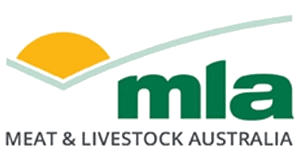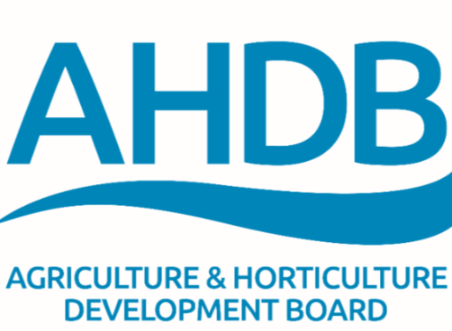UK Cattle and Sheep Prices Stabilise Despite Challenges
UK Cattle and Sheep Prices Stabilise as Slaughter Numbers Remain Low
July 10, 2025 | Meatex News Desk
The latest market update from AHDB shows signs of stability in both cattle and sheep prices for the week ending 28 June 2025, following weeks of volatility earlier in the year.
Cattle Market Overview
- The GB all-prime average deadweight cattle price eased slightly by 1p to 631p/kg, still 155p higher than the same week in 2024.
- Cow prices followed a similar trend, down just over 1p to 501p/kg.
- Slaughter volumes remained below year-ago levels, with cow slaughter at just 7,200 head—the lowest for that week in over a decade.
Sheep Market Overview
- The GB deadweight new season lamb (NSL) SQQ averaged 748p/kg, down just 1p from the previous week.
- This represents a much smaller seasonal decline than usual—just 5p over six weeks, compared to the five-year average drop of 80p.
- Liveweight NSL SQQ in England and Wales averaged 350p/kg, down 8p on the week but 15p higher year-on-year.
- Clean sheep slaughter was estimated at 165,400 head, continuing to trend below 2024 levels.
These figures suggest a more stable pricing environment in 2025, contrasting with the sharper fluctuations seen in 2024.
Original data sourced from AHDB


